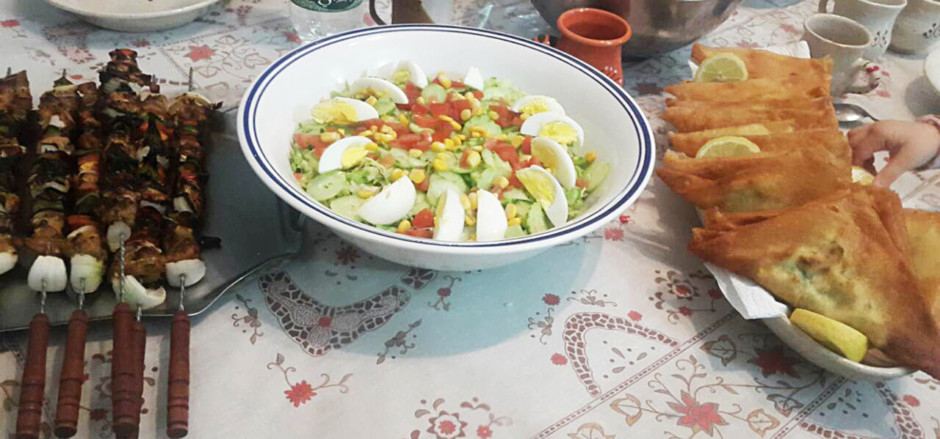
Manama: Triangle-shaped flaky pastries filled with mashed potato, tuna and parsley take centre stage on the dinner table.
Everything else around this dish known as brik, is just the supporting cast, at a typical Tunisian iftar.
Brik was one of the major culinary legacies left behind by the Ottomans during their rule of Tunisia in the 18th and 19th centuries.
“For many Tunisians, the rich honey-like flavour and dense texture of the Tunisian Deglat Nour dates and the fluffy brik are a staple of our Iftars,” Yosra, a 36-year-old teacher in Manama, told Gulf News.
While dishes inherent to Tunisia and North Africa are equally as important like the frik soup, made of Tunisian green wheat, pepper and pakrika and couscous, the country draws on the rich culinary influences of other countries that it has been in close contact with like Turkey and Italy.
Yosra uses olive oil in almost every dish.
“It is an essential in most Mediterranean dishes,” she says.
Following Iftar, Yosra and her husband, who are both teachers, go to the mosque to perform Taraweeh prayers.
Afterwards, its back home for dessert—usually the couple invites friends over to partake in the sweets and socialise.
The table is filled with a mouth-watering assortment of delicately flavoured pastries: kaak warqa, mjaamaa and kaaber known as Andulucian sweets.
This delicious desert came to Tunisia in the late 1400s when around 100,000 Moors in Southern Spain fled the Spanish Inquisition.












